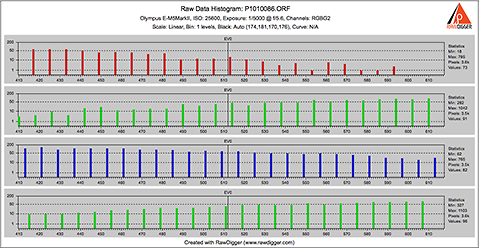robert1955
Veteran Member
- Messages
- 8,158
- Solutions
- 10
- Reaction score
- 4,961
First off and sorry to throw over your straw man: no-one in this subthread says or believes in digital grainfirst off there is no such thing as Grain in Digital. people see the noise and go oh look at the grain, LOL
it's NOT GRAIN!!
it's NOISE!!!! PERIOD!
For your other remarks, I think J A C S has given an excellent executive summary.
Once again: as a courtesy tell who you are linking to on Youtube
Most of them, certainly not excluding Northrup, are there for the clicks, that is the business model


